Enacting, Experimenting, Negotiating, Learning, Unlearning, Co-creating
Here you can follow the journey of a live test tube experiments that are enacting, discovering and exploring locally the research and findings that are presented in the other sections of this diverse garden. You can peek into multi-layered forms of current and on-going activities, experiments and findings of Angelina Kumar’s socially engaged and artistically sustainable practice. What you will find is a range of paths being explored such as teaching sustainable design, co-creating the LDD foundation, making local sustainable connections with other fields of expertise and the navigation and negotiation through a range of systems and structures that are embedded within The Netherlands. It is through these paths of enactment that the on-going journey of unlearning, learning and discovering alternative ways of imbibing sustainability will come to fruition.
Click here for the references
What has grown from past efforts and how it got there…
(Click here)
How and what is being co-created.
(Click here)
Systems and Structures
When trying to redesign and create a new socially sustainable project many variables start to come into play. Various types systems and structures are interlaced together and can or do play a role in the designing and implementation phases. Interactions with some of these systems and structures are inevitable and must be critically recognised, analysed and dealt with accordingly and others are choice options to draw from in order to incorporate pertinent elements that will add to a balanced flourishing ecosystem. Some of these types of systems and structures are different types of like?. There are multiple techniques and terminologies that accompany these constructs and considering what they impose or bring with them must be questioned and examined constantly.
The discovery of these source has come about through various activities such as: Researching alternatives by joining focus research groups for specific topics such as “Who is a Professional Artists” conducted by art and culture students from the Erasmus University Honours Research and the Regenerative studies of the young innovators honours students from Utrecht University students, Conducting interviews and field research with individuals and project representing diverse fields of experiences working on the topic of sustainability, ranging from architects, artists and social innovators.
Through teaching sustainable design to design students at the HKU The HKU University of the Arts Utrecht, disruptive design concepts and system thinking exercises were put through a mini test tube and enacted on a local scale by connecting with a local partner De Arm.

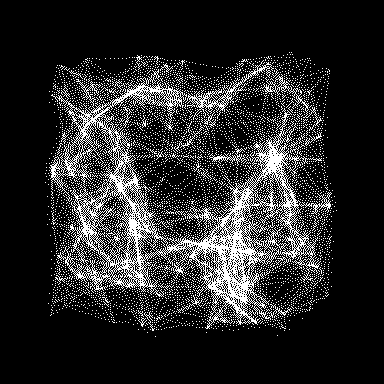
Research process and making connections between alive systems.
(Click here for text)
Questioning and understanding what the meaning of sustainability and regenerative is in different contexts
Art and Belonging - with Carola and Jonathan
Regenerative Perspectives Podcast. In this episode we are joined by Carola and Jonathan to hear about their view of a regenerative society. They are also working on a project in which art is used to create and express a sense of belonging, and most importantly give a voice to people that are less often heard.
12-03-2021
When talking to various individuals and artists that are not actively involved in sustainability… the meaning and concept of what sustainability is, kept upcoming up…
(Read more)
“The only thing that is being sustained is our unchanging habits” – Seaspiracy Documentary
(Not the best title… leaves room for speculation of the validity of the documented actions and the results.)
Capitalistic Terms:
Started from the bottom up, self-made, worked their way up the ladder. So, when a system* says "Start from the grassroots, not at the top"* . What's really being said is... as mentioned above....work your way up to the top...But you see sustainability is not about reaching the top, it's about dissolving that liner ambition.
(*anonymous referenced anonymous)
Research Report: Who is a professional artist?
25th February 2021
I participated in a focused group discussion that was conducted by art and culture students from the Erasmus University Honours Research. The point of their research is to analyse wide range of artists in order to understand their views on the notions of professionalism and what it means to support themselves as compared to views from the academia and other formal settings.
(Click here for the results of this research)
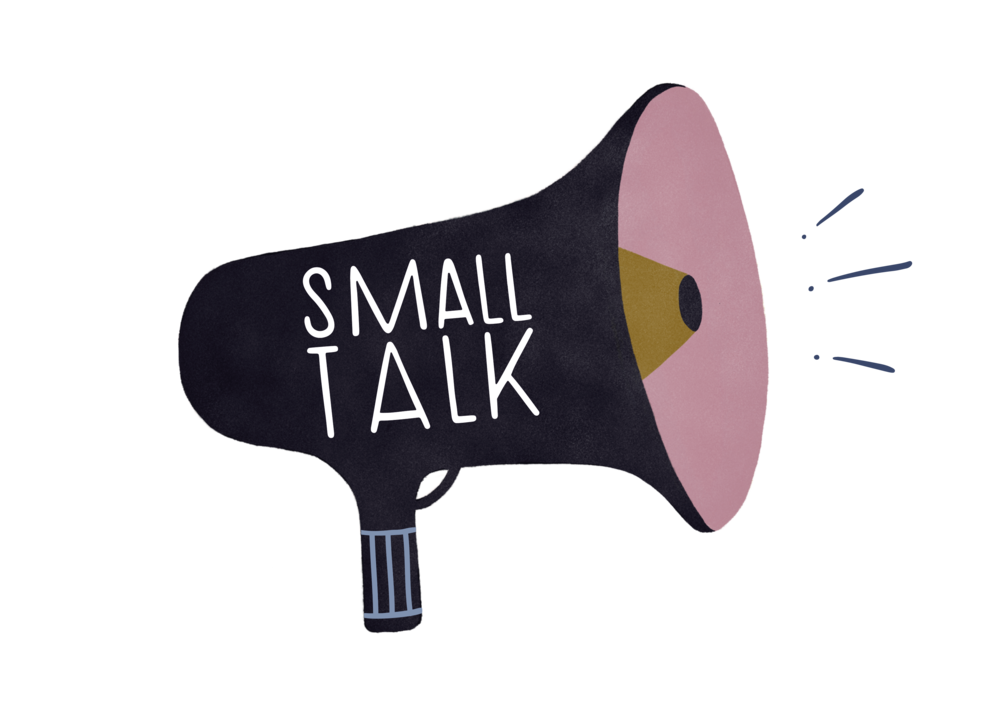
I decided to have a conversation with Ramiro Gomes Monteiro, because I was interested in how he boosts social entrepreneurial, educational projects and ecosystems around the globe in order to make a positive impact. And how he makes connections between grass-root rural projects and governmental systems and structures. He has also taken initiative by co-founding various local foundations and social start up projects. During our conversation we discussed his journey of envision and acting from a global and local level.
Subjects we touched upon in our conversation:
Talking in different languages and terminologies in order to bridge the gap between the between the top down and bottom-up approach. To allow other forms of value exchange come to the fore and to move towards social engineering – and co building.
ABC method Assess Based Communities
(What is the assess and strengths – a park bench in the area etc…? Market place value exchange, what are the talents around and what are people dreaming about and envisioning.) As a way to value the efforts people make for society and the earth.
How to get and keep a community alive…. Build together – educate, share knowledge and have fun. There’s power in fun or anger!
Other ways of exchange value:
https://www.vpro.nl/programmas/tegenlicht/kijk/afleveringen/2011-2012/mondragon.html
Time sharing
Trade of goods etc…
A must watch recommendation - Captain planet
Making things quantifiable for control.
Resources including time, land, parts of the ecosystem. Give it a value, to quantify it. Conglomerate it, reduce its quality to quadruple its quantity, add and create mass demands at the expense of the everyday person and their survival. (1) (2)
"Capital has one sole driving force, the drive to valorize itself, to create surplus-value, to make its constant part, the means of production, absorb the greatest possible amount of surplus labour. Capital is dead labour which, vampire-like, lives only by sucking living labour, and lives the more; the more labour it sucks. The time during which the worker works in the time during which the capitalist consumes the labour-power he has bought from him."(3)
A lot of the individual that live in these quantifiable economic structures don't qualify their personal lives and actions the same way as economists does. Instead, the individual tents to work relentless towards surviving in the economic world they find themselves in, without taking into consideration the hours, ideas, efforts and energy it takes for them to contribute to the economic structure that is using them. This over expenditure of personal quantifiable resources could happen for various reasons such as a lack of knowledge, lack of choice, external and personal circumstances, a deep passion for a cause or vision, out of survival, out of habit or what has been imparted through culture traits, characteristics, traditions and more.
Donna Haraway mentions that Karl Marx points out when he talks about dead labour – “The kind of building of labour into the machines to further extract value. Without the need to have, you know pesky actual workers in the factory. The drive towards roboticisation to extract value from dead labour.”(4)
1. Rotten Documentary,
2. 3. The Economy is Spinning Pg. 48 and 55,
4. Donna Haraway, 28:51mins https://www.youtube.com/watch?v=j-2r_vI2alg)
Offering circular suggestions and examples to future creators. Understanding those quantifiable expectations while valuing them for yourself. The connections made in those ventures and projects. Take time to see the connections made within them and what value they are offering for your practice and life.
What do the systems gain from you? Or: What will the systems gain from you?
What will they do for you or can give you in return? Not that they just take from you without natural support and balance. Having the patience when working with these systems as they take time to change... that's why it's long term work and constantly ahead, envision, guiding and responding.
I need to find my safe space. I need to dwell in it. But first I have to respond to my environment to survive... and shift out of the precariat position I'm currently in and growing out of.
Metalogue: About Games and Being Serious.
By Gregory Bateson – Steps to an ecology of mind collected essays in Anthropology, Psychiatry, Evolution and Epistemology.
(Click Here to read this)
(Click here for my take on the discussion that took place.)
Disruptive Design - Teaching:
17th-03-2021
I’ve been teaching Sustainable Design to the design students at Hogeschool voor de Kunsten Utrecht. Today we had our last session for this semester. During this lesson I sat with with two students and together did an exercise from the Circular Classroom by Dr. Leyla Acaroglu.(1)
We picked No. 17 of the Global Sustainability Goals and wrote down 10 things that were challenging for it... we picked number 17. because there wasn't enough information and examples that we could find for it being done... Also, because it seemed to be the part that mimicked the way nature works in its interior rhizomic systems.
(Read More)
What do the systems gain from you? Or: What will the systems gain from you?
What will they do for you or can give you in return? Not that they just take from you without natural support and balance. Having the patience when working with these systems as they take time to change... that's why it's long-term work and constantly ahead, envision, guiding and responding.
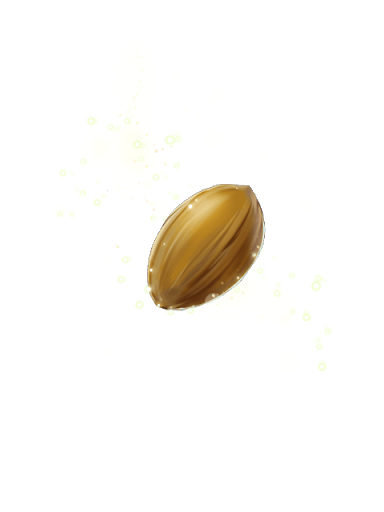
Disruptive Design - Teaching 2:
17th-03-2021
We're going deeper into our search on what consumer design can do. By digging and gaining knowledge on what's really going on around us from the point of view of what we buy, buy into, to where it comes from, how it's used and alternative options offered, but sometimes hidden or not yet accessible. We start to imagine what we would like instead. We search for it, experiment with it, push it further by looking deeper into how it can be circular. Share, discuss and propose our own findings together.
- Green washing
- Accessibility
- Desire and creating and inspiring a new desire
- Consumer design behaviour
- Knowledge
- Finding the connections with systems
- Zoom out and zoom in
- Think global act local
- Connect with other fields
- Work together
- The ecosystems connected
(A recap from giving the sustainable design lab for design students at Hogeschool voor de Kunsten Utrecht..)
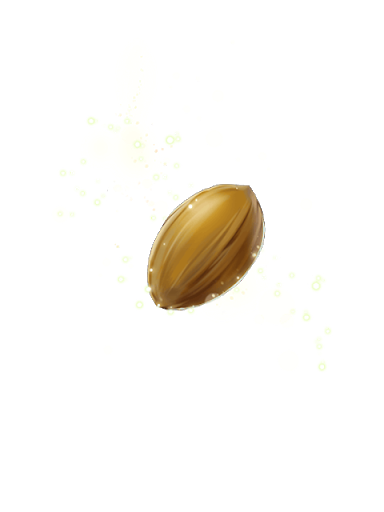
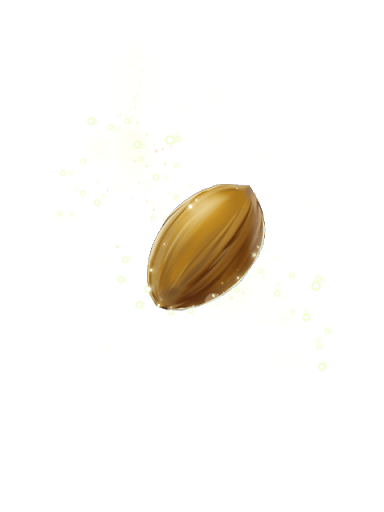

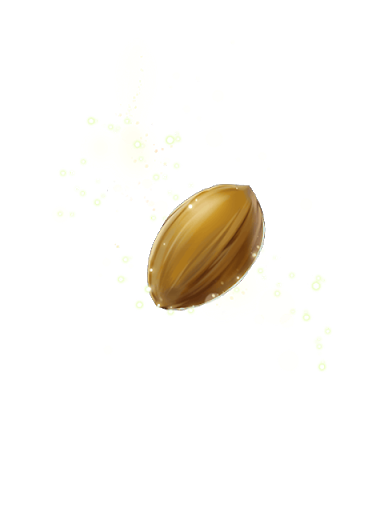

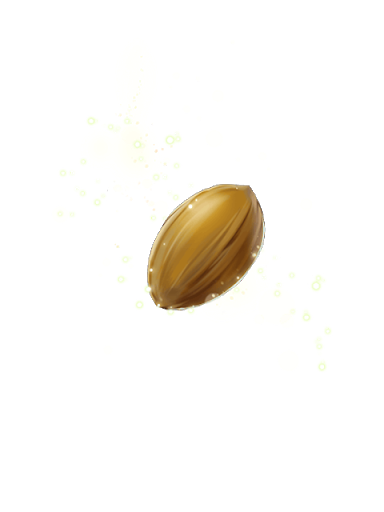
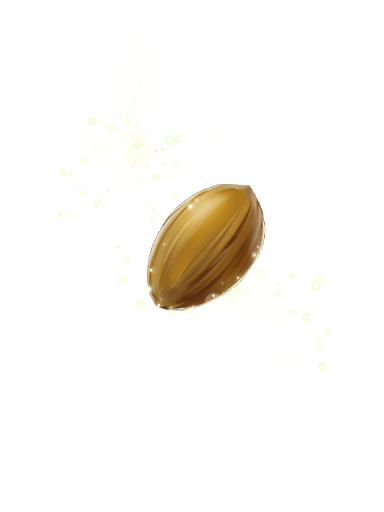
Alma Holm - Architect from South Africa
Alma Holm is an architect from South Africa with a passion for sustainable architecture. Alma offered to explore The Creative Playground project to see how we could make the space greener and sustainable from an architectural perspective. During her research process, I became curious as to what sustainable architecture means to her and what the approaches are towards sustainable architecture in South Africa and the Netherlands.
Through our conversation I understood that a lot of the architectural concepts are about building an individual icon. For Alma architecture is about people and being a connection between people and nature. Architecture is the opposite of keeping nature out. Emulating the way nature works, by working together with what is already in the surroundings area in combination with the social structures and connecting ecosystems that are already set in place. These things are essential for the building to last.
“Creating by understanding and seeking out what the local vision and needs are.”
“Perspiratory design and co creation enhances circularity and the need for natural systems and space in this time period when we’re working from a distance.”
“Circular way of building is also with a long-life span in mind, but a long-life span which is adaptable, which can change. I tend to veer away from rigid structures which is incapable of changing.”
“Sustainability should not be a fashion it should be the norm and the foundation – I’d hate for it to be a trend as it would be disastrous if we only incorporate sustainable ideas in the buildings environment now because every bodies doing it and then discarded in a few years’ time…….. It is a constant search… the method of making and the materials we are using today, if we keep researching can be even more sustainable in the future.”
Dancing With Systems
"People who are raised in the industrial world and who get enthused about systems thinking are likely to make a terrible mistake. They are likely to assume that here, in systems analysis, in interconnection and complication, in the power of the computer, here at last, is the key to prediction and control. This mistake is likely because the mindset of the industrial world assumes that there is a key to prediction and control."
DONELLA MEADOWS
(Click here)
Unlocking the Power of Systems Thinking by Dr.Leyla Acaroglu
Other value systems to consider.
(Click here for some more links)
Other systems and economical structures that are being considered.
(Click here for some more links)